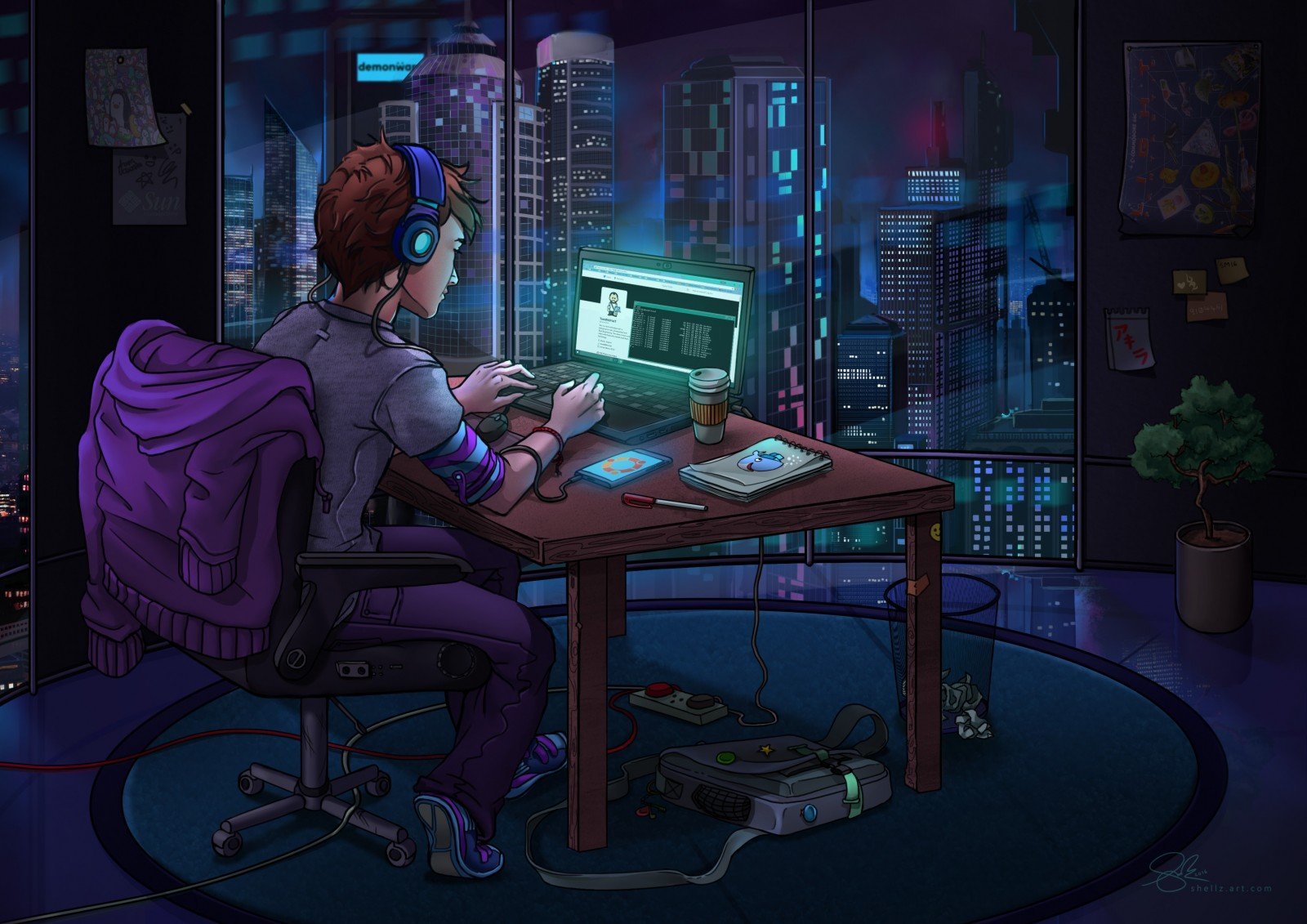The realm of modding opens up new horizons for gamers around the world, offering fresh experiences in favorite games by allowing alterations or additions to the game’s content, mechanics, or art. Whether you’re new to modding or looking to create your own mods, this simplified guide is here to help navigate the exciting world of user-generated content.
Installing Mods:
1. Understand What Mods Are:
Mods (short for “modifications”) are alterations made to games that can change various aspects, from graphics and sound to adding new content or even entirely new gameplay mechanics. They’re created by fellow players passionate about enriching the gaming experience.
2. Find Trustworthy Sources:
Mods can be found on various websites, but it’s crucial to use reputable sources to avoid downloading malicious files. Sites like NexusMods, ModDB, and the Steam Workshop, or even official game forums, are popular and generally reliable sources.
3. Read Installation Guides and Reviews:
Each mod can have different installation steps. Carefully read the mod’s instructions, and don’t skip on user comments and reviews. They often contain valuable information about the mod’s performance and compatibility issues with other mods.
4. Check Compatibility:
Ensure the mod is compatible with your game version. Also, some mods might not work well together, so it’s essential to check any information provided about compatibility with other mods.
5. Backup Your Game:
Before you install any mods, create a backup of your game files. This ensures you can revert to the original game state if something goes wrong.
6. Follow the Instructions:
Install the mod following the creator’s instructions. Some games have dedicated mod managers that simplify this process, like The Elder Scrolls V: Skyrim’s Nexus Mod Manager.
Creating Mods:
1. Start with an Idea:
Modding starts with an idea of what you want to change or add to the game. Whether it’s new textures, characters, items, or an alteration to the gameplay, ensure it’s something you’re passionate about.
2. Learn the Basics:
Familiarize yourself with the basic concepts of game design and development. There are plenty of online resources, tutorials, and communities to help you understand the fundamentals.
3. Use the Right Tools:
Many games offer development kits (like Bethesda’s Creation Kit for Skyrim) to make mods. These official tools provide what you need to start creating. For other tasks like 3D modeling or texture creation, you might need additional software like Blender or Photoshop.
4. Join the Community:
Get involved with modding communities for your chosen game. Veteran modders can offer invaluable advice and support. Forums and social media groups are great places to share ideas and ask questions.
5. Test Extensively:
Ensure your mod works as intended by conducting thorough testing. Check for any bugs or compatibility issues with other popular mods, and make any necessary adjustments.
6. Share with the World:
Once you’re happy with your mod, it’s time to share it. You can upload it to platforms like NexusMods, the Steam Workshop, or any other place where the game’s community can access it. Be sure to provide clear instructions on how to install it and what it does.
7. Gather Feedback:
Listen to the players’ feedback and be ready to make updates to fix bugs or add features. Positive engagement with your user base can lead to a better modding experience for everyone involved.
Modding can breathe new life into games, keeping them fresh and exciting long after release. Whether you’re installing mods or creating your own, you’re contributing to a passionate community of gamers seeking to enhance the experiences they love. Happy modding!




